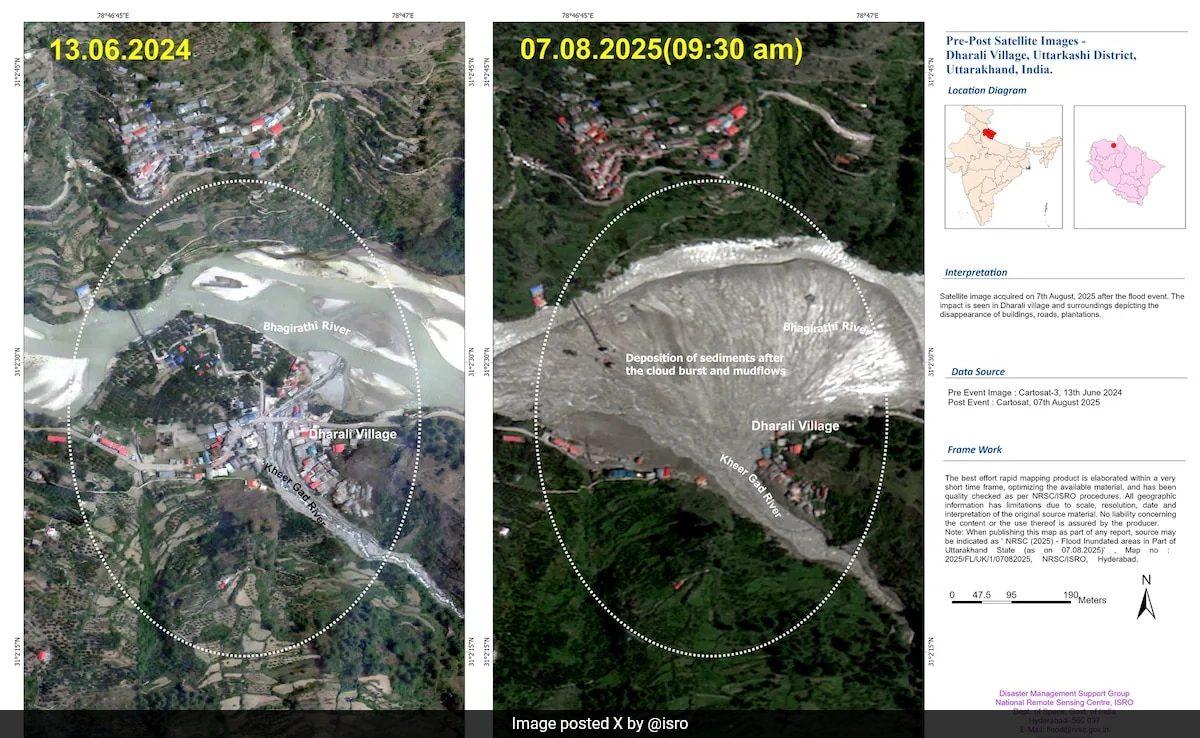Jammu has recently experienced its highest rainfall since 1910, resulting in significant damage across the region. The unprecedented downpour has led to severe flooding, impacting infrastructure, homes, and agriculture. Roads and bridges have been washed away, making travel difficult and isolating many communities. Emergency services are stretched thin as they work tirelessly to respond to the needs of the affected population, conducting rescues and providing essential supplies. The sheer volume of rainfall has exceeded historical records, raising concerns among meteorologists and local authorities about the implications of climate change and its potential to cause more frequent extreme weather events.
The massive rainfall has also taken a toll on the agricultural sector, which is vital to Jammu’s economy. With fields submerged, crops have been ruined, leaving farmers to face devastating losses. Many families, already grappling with economic challenges, now find themselves in a dire situation with their livelihoods at stake. The local government is assessing the extent of the damage and is expected to implement relief measures to support those affected. However, the scale of the disaster poses significant challenges, and there are calls for a comprehensive response that addresses both immediate needs and long-term recovery efforts.
In addition to the physical destruction, the emotional and psychological impact on the residents cannot be overlooked. Many individuals have lost their homes and possessions, leading to a sense of despair and uncertainty about the future. Community support systems are being activated as neighbors help one another in the recovery process. The situation has highlighted the importance of community resilience and solidarity in times of crisis. As the region begins to recover, it will be crucial for local authorities, NGOs, and citizens to work together to rebuild not just the physical infrastructure, but also the spirit of the community that has been shaken by this extraordinary event.
The incident serves as a stark reminder of the vulnerabilities faced by many regions in the face of climate change, emphasizing the need for robust disaster preparedness and management strategies. Policymakers are urged to take a proactive approach in addressing these challenges to mitigate the impact of future disasters. As Jammu navigates the aftermath of this historic rainfall, the focus will need to shift towards sustainable practices that can help protect the region from similar events in the future. This includes enhancing drainage systems, implementing better land-use planning, and investing in climate-resilient infrastructure to safeguard communities against the inevitable challenges posed by a changing climate.




